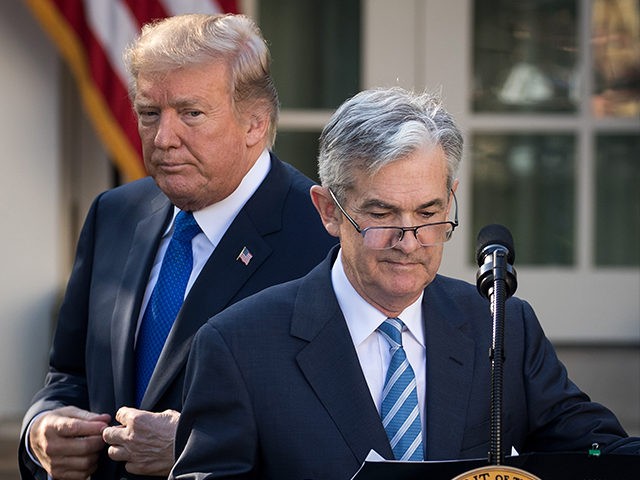The yield curve in the U.S. inverted again on Thursday, for the first time since October.
The yield on ten-year Treasuries fell below the yield on the three-month Treasuries on Thursday. That is a signal that the bond market agrees with President Donald Trump, who has been critical of the Fed’s current stance, urging the central bank to resume cutting rates.
The gap between the yield on three-month and 10-year Treasuries at one point slipped to as low as minus 7 basis points on Thursday. This is the spread that Federal Reserve studies have shown is the most important indicator to watch for the danger of a recession.
The yield curve is a way to show the difference in compensation investors get depending on how long a bond takes to mature. Most of the time, the curve slopes upward because investors usually want to be paid more in exchange for locking their money up for longer.
But at times the relationship can flip, or invert, with shorter-term bonds yielding more than longer-term bonds, when investors come to think that an economic slump and lower interest rates are ahead. Other factors, such as low inflation expectations or a high demand for safe savings vehicles, can also cause the curve to flatten or invert.
An inverted yield curve does not always foreshadow a recession. Intraday inversions, in particular, have often been misleading signals. So it may be important to see if the yield curve returns to normal before the end of the day. The yield curve inverted last year and the economy continued to grow at a rate above two percent.
The gap between long-term and short-term yields has been contracting for weeks. The inversion on Thursday is likely to be at least somewhat related to fears of the coronavirus driving investors to seek a safe-haven. But doubts about the Fed’s ability to hit its inflation target without further cuts are certainly putting pressure on longer-term yields.
On Wednesday, the Fed appeared to firm up its commitment to hit its target of 2 percent inflation even if as it kept its target interest rate unchanged. The bond market appears to be saying that this will not work. If the Fed is going to hit its target, it will have to cut.

COMMENTS
Please let us know if you're having issues with commenting.